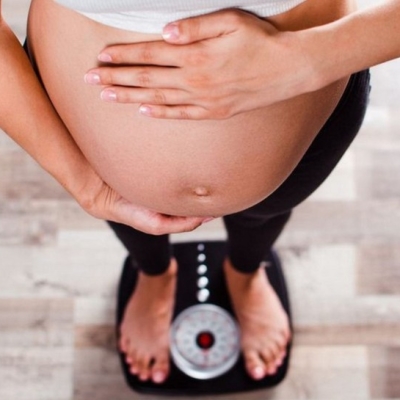To separate the walls and ceiling of the premises use a variety of materials. They are selected according to various properties of operation, in appearance and texture, strength and care requirements. And most importantly - by simplicity of installation. In this regard, the lining left behind a lot of other finishing materials behind him, but to install it, you need to know how to do it right.
Fastening clap
- Planks lining fasten not only on the walls. They can even beat the ceiling of the apartment, but it is always better to do on a lattice wooden basis. The planks used in it must be measured and connected ideally, since in the future any error will reflect on the smoothness of the wall or ceiling.
- Only after the installation of the frame can be proceeding for wall design. At the same time, the boards intended for cladding, at least a day must spend in a dry place in the apartment. After the moisture remains in them, they are impregnated with water-repellent composition and fasten on the walls.
- During the fixing of the clapboard at the ceiling and near the floor, it does not close the gaps not more than 3 cm. They help compensate the temperature difference and facilitate the movement of air indoors. In addition, such gaps are replete with strap from deformation and bending, and for greater aesthetics they are covered with a plinth.
- First, the bar is attached to the rake of the base located in the middle, then nourished at the corners. After that, it is checked and fixed on intermediate rails.
The extreme plates of the skin are pinned with nails with a small hat that drown in the Dobanoven board. The rest are fixed in three ways:
- On nails or self-tapping screws.
- On holders with a special tongue, fixing the board of lining. They are called kleimers.
- Stapler, which is used in construction.

Methods of fixing planks
The methods of layouts are two and they do not affect the installation of the lining. But if during the installation one of two fasteners was selected, then in the future it will need to stick to constantly.
- Vertical way. Fasteners start in the selected corner and continue to any side except the top. The boards are strictly vertically, while the first part of the lining has a groove to the builder. The spike of the neighboring part is heading to this groove, already being aimed inward. When the lining part will be fixed, the correctness of its installation is determined by the level.
- Horizontal method. Installation begins on top down, to the floor. At the same time, the spike of the first installed part of the lining is directed up. This method is especially convenient for baths and kitchens, because it helps to protect the walls from condensate.
When all the planks are connected, in the grooves are extremely driven by a segment of the board and knock on it with a hammer - it helps tightly knock the pieces of the lining so that there are no cracks between them.

Mounting nails
- The way to fasten the lining with nails is considered cheap, dangerous and short-lived. Nails can split the board and will have to be replaced. To protect from this board in them in advance drilled holes under the nails.
- The board is not wider than 10 cm and a length of about 150 cm accounts for up to 7 nails. This spoils the look, because when smoking on the boards, traces remain. Most often used galvanized nails 6 cm long. After clinging the nail hats, heat the Dobochnik.

Mounting on a self-tapping screw
- This is the most "non-primable" type of fastening and they are resorted to it in places where the beauty of the walls is not needed. In addition, the attachments do not withstand temperature changes and can decrease, which leads to the appearance of slots. So that it does not happen, they are impregnated with water-repellent composition, but to update the impregnation every 3 months.
- Of the advantages of this method of fasteners - durability and reliability of self-tapping screws. To secure the bar, first of all drill the lining. The hardening in diameter is obtained as half the thickness of the selected self-press. Next, the self-tapping screws screw the screwdriver into the wood so deep as far as it turns out.

Kleimer fasteners
Kleimers look like plates made of metal with holes under the fasteners and the "tongue" whose role is to withstand the weight of the lining. There are two main reasons why builders prefer to do with them during the installation of lining:
- Durability and appearance. The correct size of the kleimer will allow you to hide the tracks of fasteners and secure the lining for a long time.
- Steel from which kleimers makes, withstand various temperatures and increased moisture content in the room for a long time.
- During the fastener of the conventional lining, kleimers with a "tongue" with a height of about 4 mm are used. On the installation of a square meter of plating boards, 20 klimers will be required. When mounting, the plate is rolling out on the spike of the main board in the laying and fixed on the crate.
- During this, you can use nails for all three kleimer holes, or take only two. One nail may not withstand the weight of the board. Experienced builders use selflessness instead of nails to speed up the fastener of the lining.

Fastener stapler
- The stapler in construction requires a minimum of forces, but the mandatory availability of certain skills on handling it. It is better to choose the board and before fastening the wallboard to practice to put brackets so as not to disturb the integrity of the board and to be able to install it smoothly.
- The bracket is introduced into the groove at a certain angle not exceeding 45 degrees. This will help the silence of the lower boards to penetrate the groove of the top.

There is nothing complicated in the molding mounting. It is enough to choose the most suitable method of installation and the attachment method to serve for many years.

















